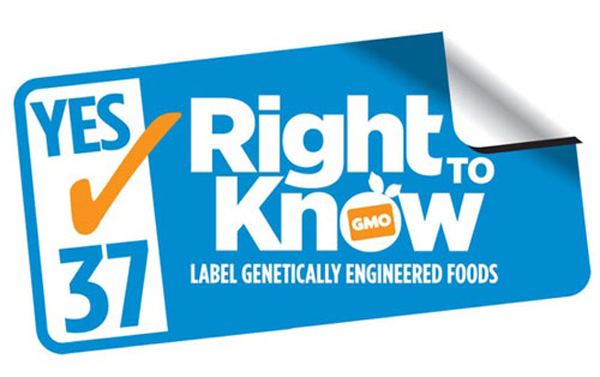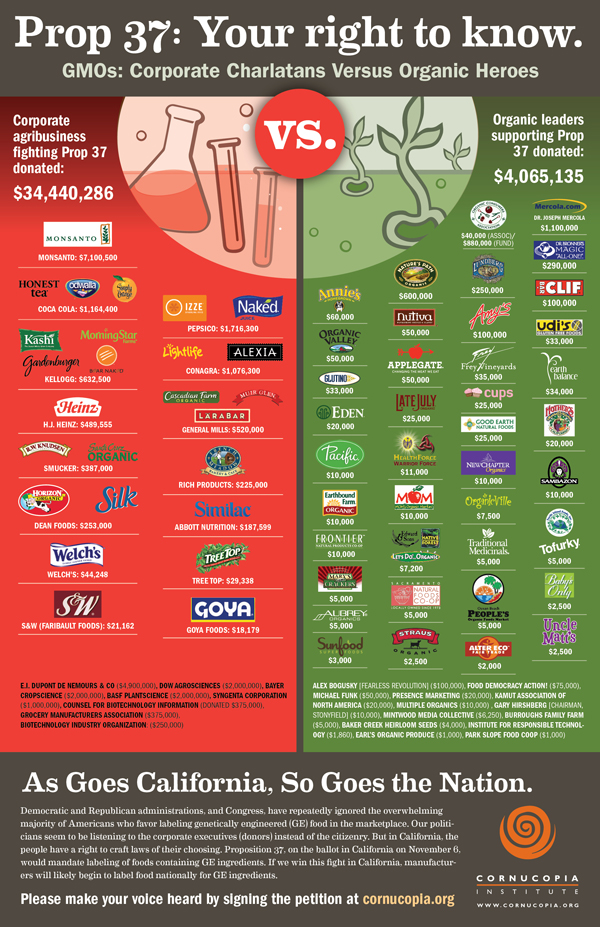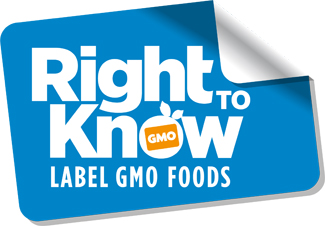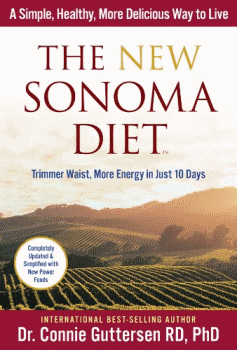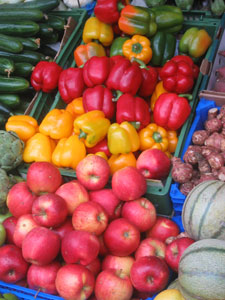There’s been a minor setback in my Mt. Whitney conquering plans. We didn’t win the lottery. See, you pick dates that are best for you, then you are entered into a lottery. From there, it’s up to chance.
This isn’t to say we have no chance to climb Whitney this Summer. We just need to go for a second round of date options.
It would be a letdown if we don’t make it, but I still plan on a challenging hike, which means I will still document my progress here at Diets in Review. If Whitney doesn’t work out, we’ll probably stick to California, or possibly Oregon.
I just got back from San Francisco, where I visited for five days. It’s an exciting town. One that I fulfilled several indulgences, one of which was actually exercise. I probably walked more than 10 miles, and when you picture what the streets of San Francisco are like (hint: not flat), I probably countered not doing any strength training, and eating out every day. It felt really good that I encountered almost no physical pain after my extensive walking. Before I started working out again, I would have been sore all over.
So, I have no plans on looking at the scale in the next few days. And the fact that I’m battling a nasty cold doesn’t help me get back into the swing of things. I made a decision to discontinue my physical therapy for my back injury, mainly because I’ve pretty much memorized the routine I was given.
Once I get over this cold, I’ll hit the gym and man the fitness ball to get my core strength back in gear. And the good news is that I’ve met a couple potential hiking buddies, which I needed badly. I’ll need to pack up a backpack and lug around 20+ pounds to get a better sense of what kind of shape I’ll need to be in.
Next week this time, I’ll give you a weight update, and hopefully an update on our climb plans. I fear it will not be good news (the weight part), but I’ll do my best to prove myself wrong.


